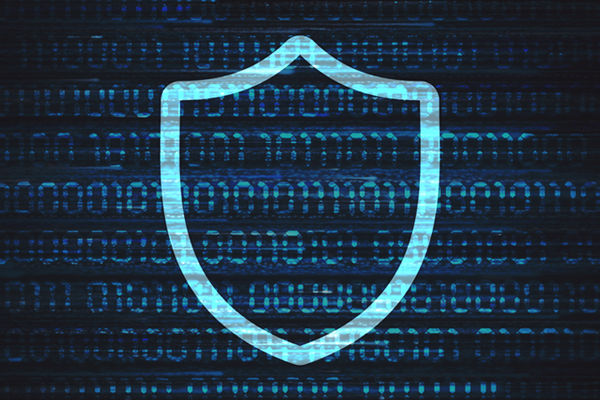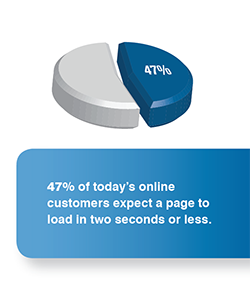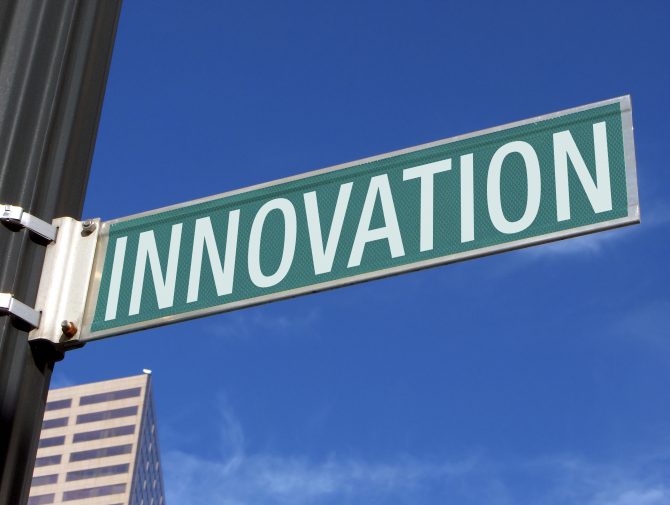Verisign has been involved with an initiative known as Mutually Agreed Norms for Routing Security, or MANRS, since its inception. MANRS, which is coordinated by the Internet Society, focuses on strengthening the security and resiliency of IP networks throughout the world by identifying and providing best practices for mitigating common routing security threats.
MANRS began as a collaboration among network operators and internet exchange providers, with Verisign formally becoming a participant in its Network Operator Program in 2017. Since then, with the help of Verisign and other MANRS participants, the initiative has grown to also include content delivery networks (CDN) and cloud providers.
(more…)








